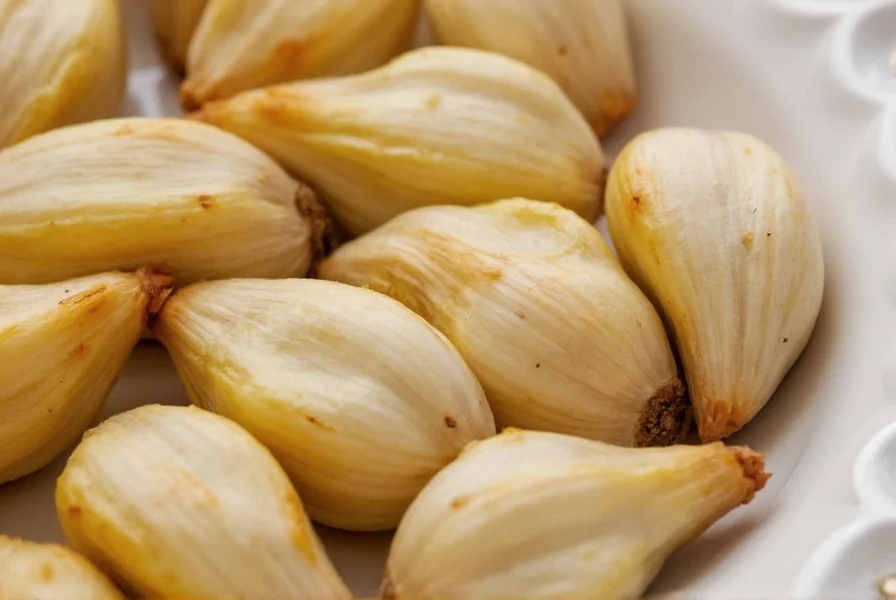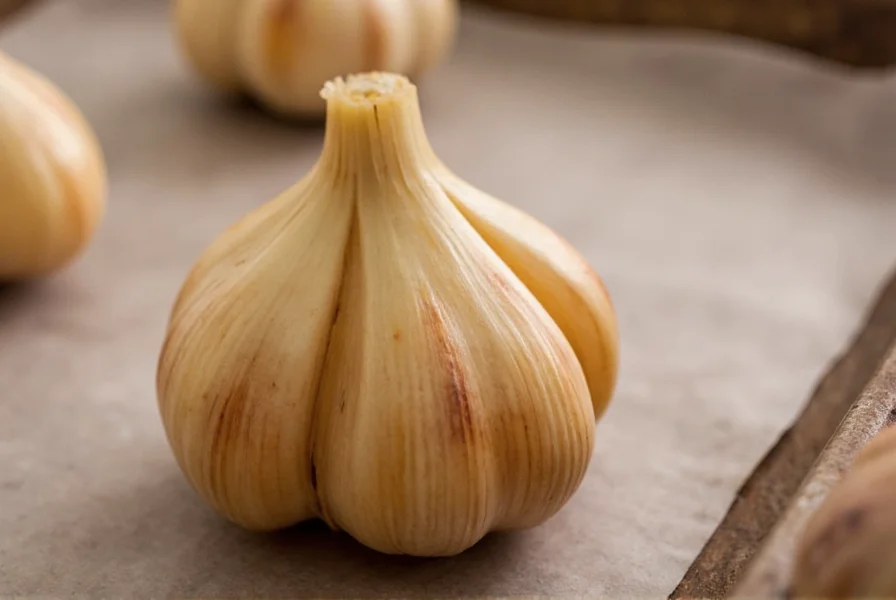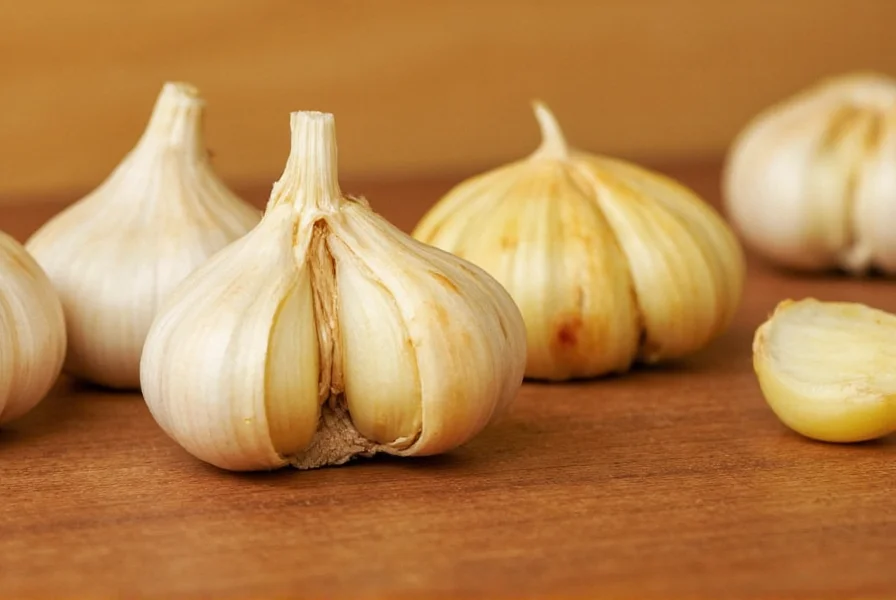Many home cooks only know how to roast entire garlic heads, but roasting a single garlic clove offers unique culinary advantages when you need just a subtle garlic infusion. Unlike whole heads that produce multiple soft cloves, individual clove roasting delivers precise flavor control for single servings or delicate recipes. This specialized technique maintains garlic's allicin compounds while converting harsh sulfur notes into complex caramelized sugars.
Why Choose Single Clove Roasting Over Whole Heads
When exploring how to roast a single garlic clove, understand that this method solves specific cooking challenges. Professional chefs frequently use individual roasted garlic technique for dishes requiring subtle garlic notes without overwhelming other ingredients. The concentrated heat on one clove creates deeper Maillard reactions than whole heads, producing richer flavor complexity in less time.
Common applications include:
- Infusing oils or butters with single-clove intensity
- Adding to delicate sauces where whole roasted garlic would dominate
- Creating precise flavor profiles for dietary-restricted meals
- Preparing medicinal garlic remedies with controlled potency
| Method | Time | Temperature | Best For |
|---|---|---|---|
| Oven (foil-wrapped) | 15-20 min | 400°F (200°C) | Maximum flavor development |
| Stovetop (skillet) | 8-12 min | Medium heat | Quick preparation, caramelized exterior |
| Air Fryer | 10-15 min | 375°F (190°C) | Even cooking, minimal oil |
| Microwave | 3-5 min | High power | Emergency preparation |
Perfecting Your Single Clove Roasting Technique
The best method for roasting individual garlic cloves balances time, temperature, and protection from burning. Unlike whole heads with protective papery layers, single cloves require careful handling to prevent scorching while achieving full caramelization.
Step-by-Step Oven Method (Most Reliable)
- Peel one garlic clove completely, removing all papery skin
- Place on aluminum foil square with 1/2 teaspoon olive oil and optional pinch of salt
- Fold foil into sealed packet, ensuring no gaps
- Bake at 400°F (200°C) for 15-20 minutes until tender when pierced
- Cool 5 minutes before handling
This oven roasted single garlic clove technique produces consistently perfect results. The foil packet creates a steam environment that cooks the clove evenly while concentrating flavors. For deeper browning, open the packet during the last 5 minutes of cooking.
Stovetop Alternative for Immediate Use
When you need roasted garlic clove cooking technique results in minutes, the stovetop method works well. Heat 1 teaspoon oil in a small skillet over medium-low heat. Add peeled clove and cook 3-4 minutes per side, turning frequently until golden brown and tender. This method creates delicious caramelization but requires vigilant monitoring to prevent burning.

Recognizing Perfectly Roasted Garlic
Mastering how to tell when roasted garlic is done separates good results from exceptional ones. Properly roasted single cloves exhibit these characteristics:
- Texture: Soft enough to squeeze from skin with gentle pressure
- Color: Uniform golden brown (not pale yellow or dark black)
- Aroma: Sweet, nutty fragrance without acrid smoke notes
- Internal temperature: 190-200°F (88-93°C) when measured with instant-read thermometer
Under-roasted cloves retain sharpness, while over-roasted ones develop bitter compounds. The ideal roasted garlic clove texture should spread easily like soft butter.
Practical Applications for Your Roasted Clove
Now that you've mastered perfectly roasted garlic clove recipe preparation, incorporate it effectively:
- Immediate use: Mash directly into vinaigrettes, compound butters, or mashed potatoes
- Flavor infusion: Drop whole roasted clove into simmering soups or sauces
- Preservation: Store in olive oil for up to 10 days for quick flavor additions
- Medicinal use: Consume raw for maximum allicin benefits (studies show roasting preserves 70% of beneficial compounds)
Professional chefs often use single clove roasting for precise flavor control in dishes where garlic should complement rather than dominate. This technique works particularly well in Mediterranean and French cuisines where subtle garlic notes enhance rather than overwhelm.
Avoiding Common Single Clove Roasting Mistakes
Even experienced cooks make these errors when attempting stovetop garlic clove roasting instructions:
- Skipping the peel: Unpeeled cloves cook unevenly and develop bitter spots
- Using high heat: Garlic burns at temperatures above 375°F (190°C)
- Overcrowding: When roasting multiple cloves, they must have space for even cooking
- Ignoring carryover cooking: Cloves continue cooking after removal from heat

Storage and Shelf Life Considerations
Understanding how long roasted garlic lasts ensures food safety and quality. Properly stored single roasted cloves maintain peak quality for:
- Room temperature: 4-6 hours (ideal for immediate use in cooking)
- Refrigerated in oil: 7-10 days
- Freezer (in oil cubes): 3-4 months
Always use clean utensils when handling stored roasted garlic to prevent bacterial contamination. Discard if you notice any off odors, sliminess, or mold development.











 浙公网安备
33010002000092号
浙公网安备
33010002000092号 浙B2-20120091-4
浙B2-20120091-4